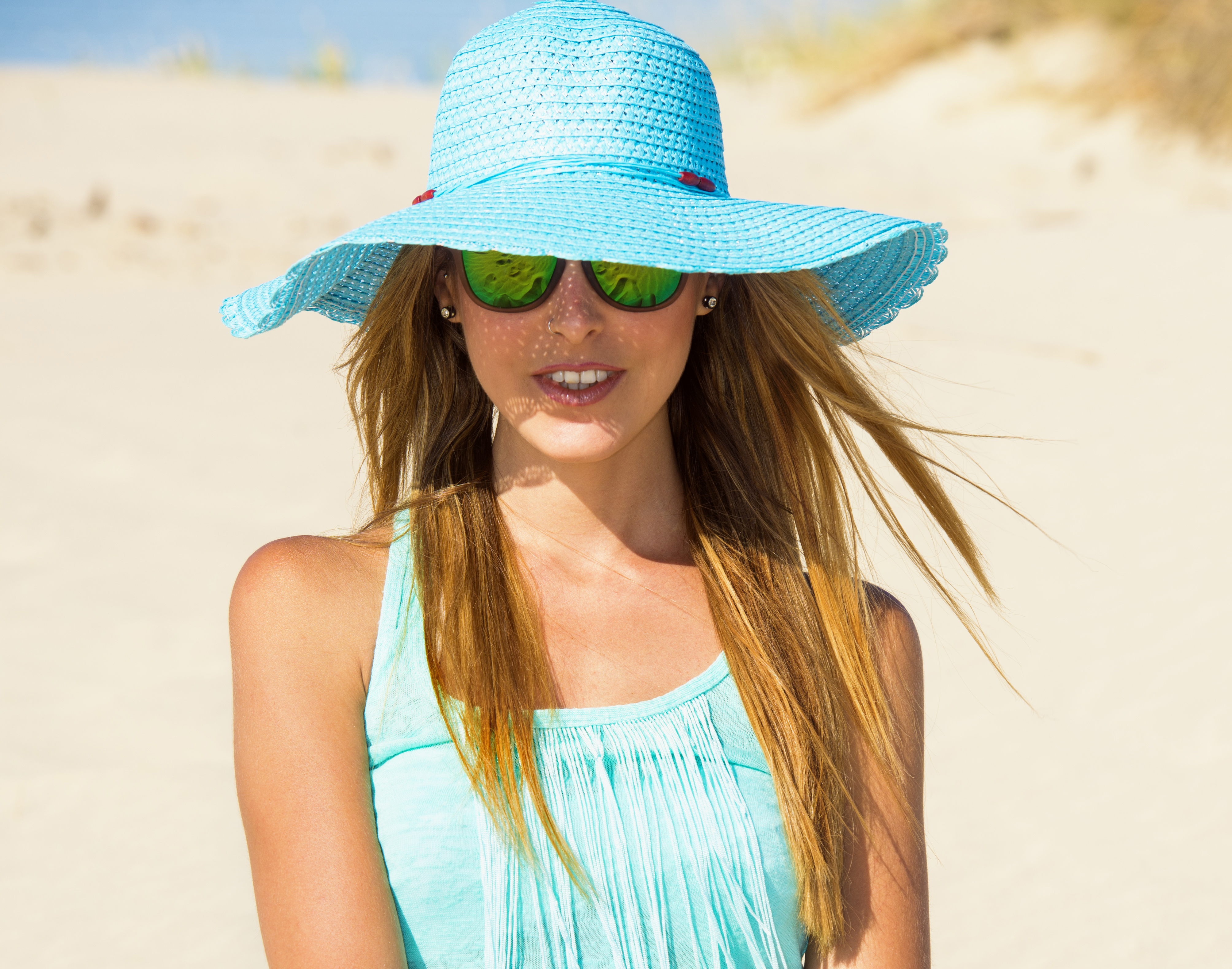
Throw Some Shade
As spring arrives in the South, sunny days and warm temperatures are a welcome sight after the dreary days of winter. However, the delight of the sun’s rays must be balanced with care. Most people are aware of the damaging effects that UV radiation has on our skin, but may not realize the effects that UV radiation has on our eyes.
Sunlight contains three predominate ultraviolet rays: UV-A, UV-B and UV-C. UV-C radiation is primarily absorbed by the ozone layer and should not reach human tissues at high concentrations. UV-A and UV-B, however, are readily absorbed by the human body and can pass through eye tissues, which, over time, can lead to a number of eye problems. UV-A radiation can damage the macula, the part of the retina responsible for clear central vision. This is known as macular degeneration, a leading cause of vision loss for older Americans.
UV-B rays can lead to the early development of cataracts, and other complications involving corneal tissue. The lens of our eye bends light rays that enter the eye to help focus light. A healthy lens should be clear, but as cataracts develop in the lens, the lens tissue thickens and becomes cloudy. Cataracts can significantly impair vision. Other complications resulting from UV-B light include increased risk of skin cancer around the eye tissues and the potential development of a pterygium, which is a growth that begins on the white of the eye and can grow into the cornea. Once on the cornea, the growth may block vision.
The good news, however, is that it easy to reduce or minimize the harmful effects of UV radiation through simple, everyday habits. First, always wear sunglasses labeled as 100% UV protection. Sun lenses with a uniform tint are ideal. Also, choose a frame that fits close to the eyes and contours to the shape of the face for maximum protection. Keep in mind that clouds don’t block UV light. The sun’s rays can easily pass through cloud cover, so wear sunglasses on cloudy days if you are outside. Along with sunglasses, consider a wide-brimmed hat for additional protection.
Don’t forget to establish good habits in young children! Children take in three times more UV exposure than adults- up to 80% of their lifetime exposure occurs before the age 20. Take the time to find your child a pair of sunglasses made for children that fit correctly and are comfortable. There are many options to choose from, and your child is much more likely to wear them if they are comfortable.
Dr. Karey Conway is a licensed optometrist, mother of two and a partner at Collierville Eye Associates, PLLC, 472 West Poplar Avenue Collierville, TN 38017 (901) 414-1900.







